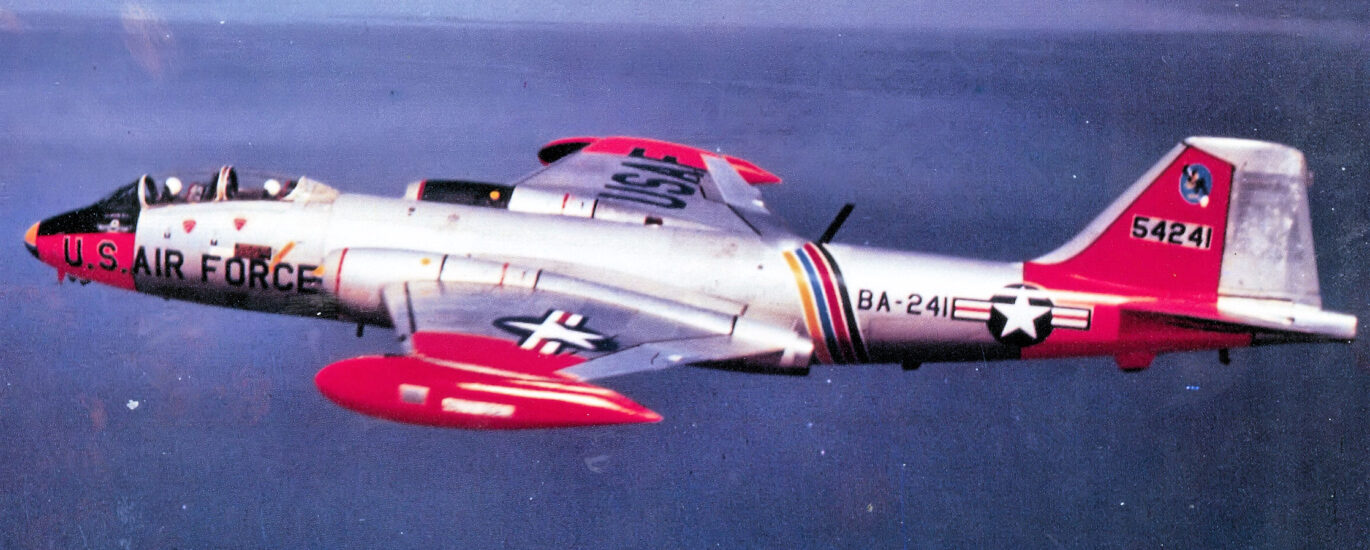Welcome to the story of the Martin B-57E Canberra, a remarkable aircraft with a storied past. Developed during a critical period of military aviation history, the B-57E Canberra stands as a testament to international collaboration and innovation. In the early 1950s, the United States Air Force (USAF) was in need of a modern, jet-powered medium bomber to replace the aging fleet of Douglas B-26 Invaders. This search led them to the British English Electric Canberra, which impressed the USAF with its performance. In 1951, the Glenn L. Martin Company was contracted to produce the Canberra under license in the United States, marking the beginning of the B-57’s journey.
The Martin B-57 made its inaugural flight in July 1953. By the end of its production in 1959, 403 units had been built for the USAF. The B-57 Canberra was the first jet bomber in U.S. service to drop bombs in combat. It played a crucial role during the Vietnam War, where it was used extensively for bombing missions. The B-57E variant was specifically designed for towing aerial targets, essential for training and gunnery practice. This adaptability made it an invaluable asset to the military.
Throughout its service, the B-57 Canberra was involved in various roles, from high-altitude reconnaissance to electronic warfare. Its influence extended beyond the United States, serving in the air forces of other nations, including Pakistan during the Indo-Pakistani Wars of 1965 and 1971. Although the USAF retired the B-57 in 1983, some variants continue to serve in scientific roles with NASA, highlighting the aircraft’s enduring legacy.
The B-57E Canberra’s development and operational history underscore the dynamic nature of military aviation and the importance of international cooperation in advancing technology. As you reflect on this aircraft’s journey, imagine the brave pilots who flew these missions, the strategic decisions made on airfields around the world, and the impact of this aircraft on modern aviation.




